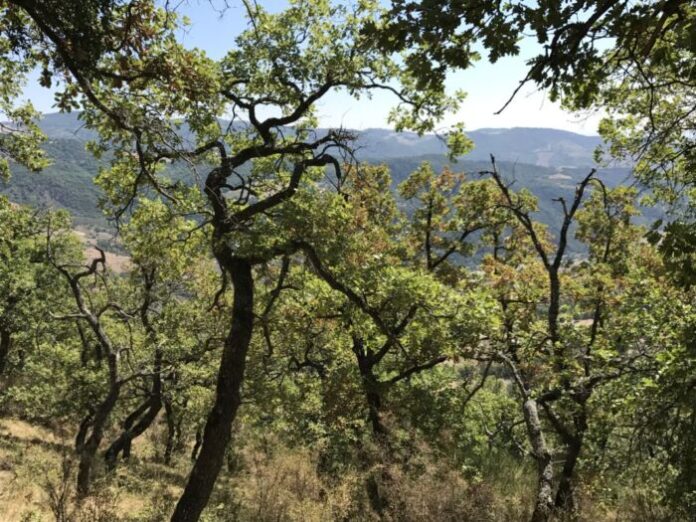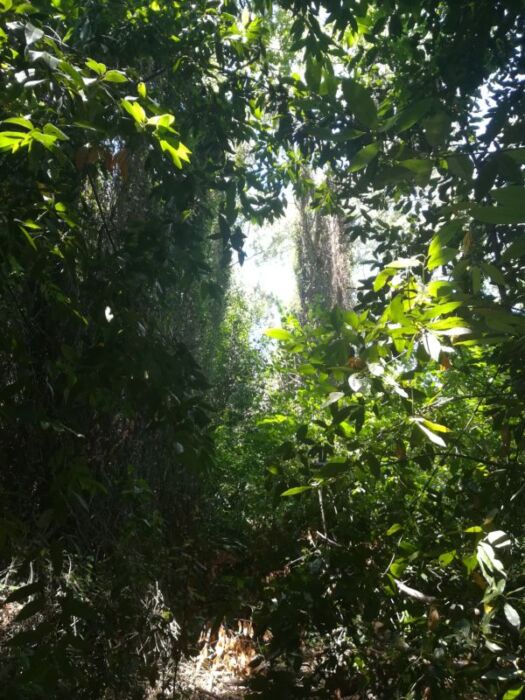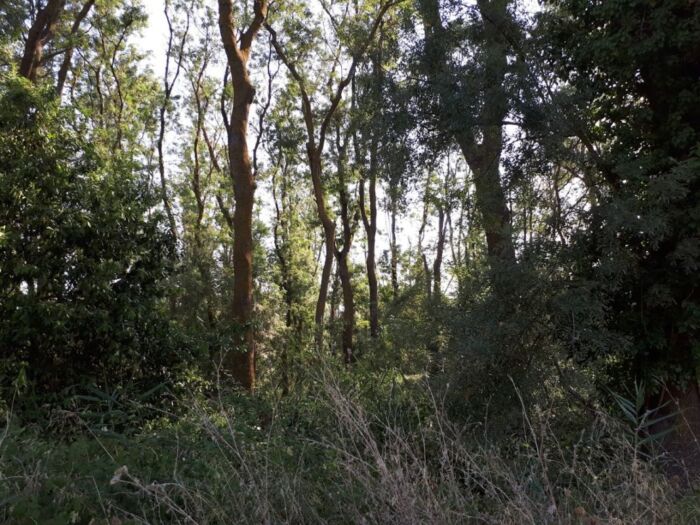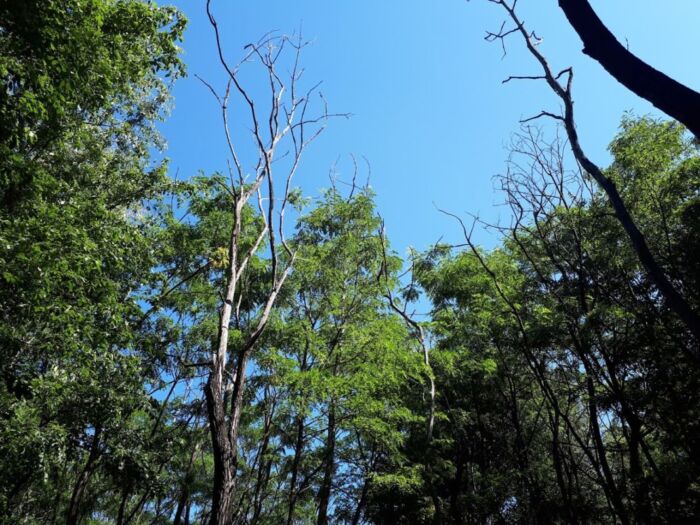
“Too precious to lose” is the slogan for the 2020 edition of the International Day of Forests promoted by ONU, which highlights the indissoluble union between forests and biodiversity. The Food and Agriculture Organization of the United Nations (FAO) also reminds us that forests are a treasure trove of terrestrial biodiversity, providing habitat for ~60 thousand plant species.
For several millennia, forest land has been used indiscriminately according to human demand. Thanks to their uniqueness, forests represent an excellent opportunity to test biodiversity promotion and monitoring actions and preserve “natural archives” to carry out scientific research. The coming years will therefore be crucial to reaffirm the importance and centrality of forests relating to the phenomenon of climate change.
Due to rising temperatures, changes in precipitation, and increasing frequency of climate extremes, climate change is having an impact on forests. Climatic variables and their interaction with the onset of decline phenomena are the main factors influencing forest species and the dynamics of their dependent communities both in the short term, for example by influencing the growth and the reproductive cycle of trees, and in the long term, inducing shifts in both latitudinal and altitudinal distribution.
Recently, scientific research, both at the national and international levels, focused on the study of these phenomena. In the last years, many die-off episodes are reported in the Mediterranean forests, particularly in Italy and Spain. So, science-related studies aim to acquire new knowledge about decline episodes, that affect several forest species. An emblematic case is represented by the lowland oaks forests, in terms of the spread of decline and mortality.
The ecological values of the planitian oak groves are currently recognized. In the past however they such a peculiar forests have been subject to intensive exploitation which has often reduced their extension and fragmented their distribution, making the system extremely weak.

An example is the Regional Oriented Reserve “Bosco Pantano” in the Policoro territory, that preserves the testimony of what was one of the most interesting lowland forest formations in Southern Italy and probably one of the very few remaining strips in southern Europe. A true spectacle of nature, able to fascinate foreign travelers visiting the South of Italy since ancient times.
“A sacred forest … dominated by the silence and mysterious darkness that reigns under the immense oaks as old as the world … populated by a peaceful crowd of animals and all kinds of game; from the wild boars … not to mention the martens and squirrels of which we saw a great deal walking on our heads, from tree to tree”.
This was the description that the French writer and archaeologist Richard de Saint-Non used to represent the Bosco Pantano of Policoro at the end of 1700. “Imagination had a fascination that was half made of fear, I had never seen an enchanted forest…“: with these expressions, the English narrator and essayist George Gissing wanted to describe the Ionian forest. A place outside of time, almost fairy-tale: this is what you can still perceive today when you walk through the part of the forest that is still almost intact, but that is in danger of disappearing.

The aim of the research and, specifically, of the project “L’ultima foresta incantata“, is to save the hygrophilous forest and its symbolic species which is Quercus robur L. This project, financed by Fondazione con il Sud, involves several partners: University of Basilicata but also the National Research Council, Legambiente, WWF, Province of Matera and other non-profit associations.
A series of interventions will be put in place to restore and preserve the forest places of the past and, above all, to make them accessible. Another good example is the “ResQ project – Decline of lowland oaks forests: multidisciplinary approach for the selection of resistant genetic resources “, promoted by the Lombardy Region. In the Ticino Park, the phenomenon of oak decline (Quercus robur L. was the most affected species) began as early as the late 1990s, interesting thousands of hectares of forest.

These are ecosystem of great interest from a naturalistic point of view and perhaps one of the few examples of natural forests still to be found in the Pianura Padana. The project aims to study and understand the causes of the decline and then intervene to improve the resilience of these forests. Two projects that have a common denominator: safeguarding and restoring these areas through studying and monitoring.
This shows the importance of research as a fundamental element of knowledge of forest ecosystems and the dynamics connected to them. Only this approach can provide the information needed to be able to intervene and “save” these extremely important and beautiful forest environments.



































